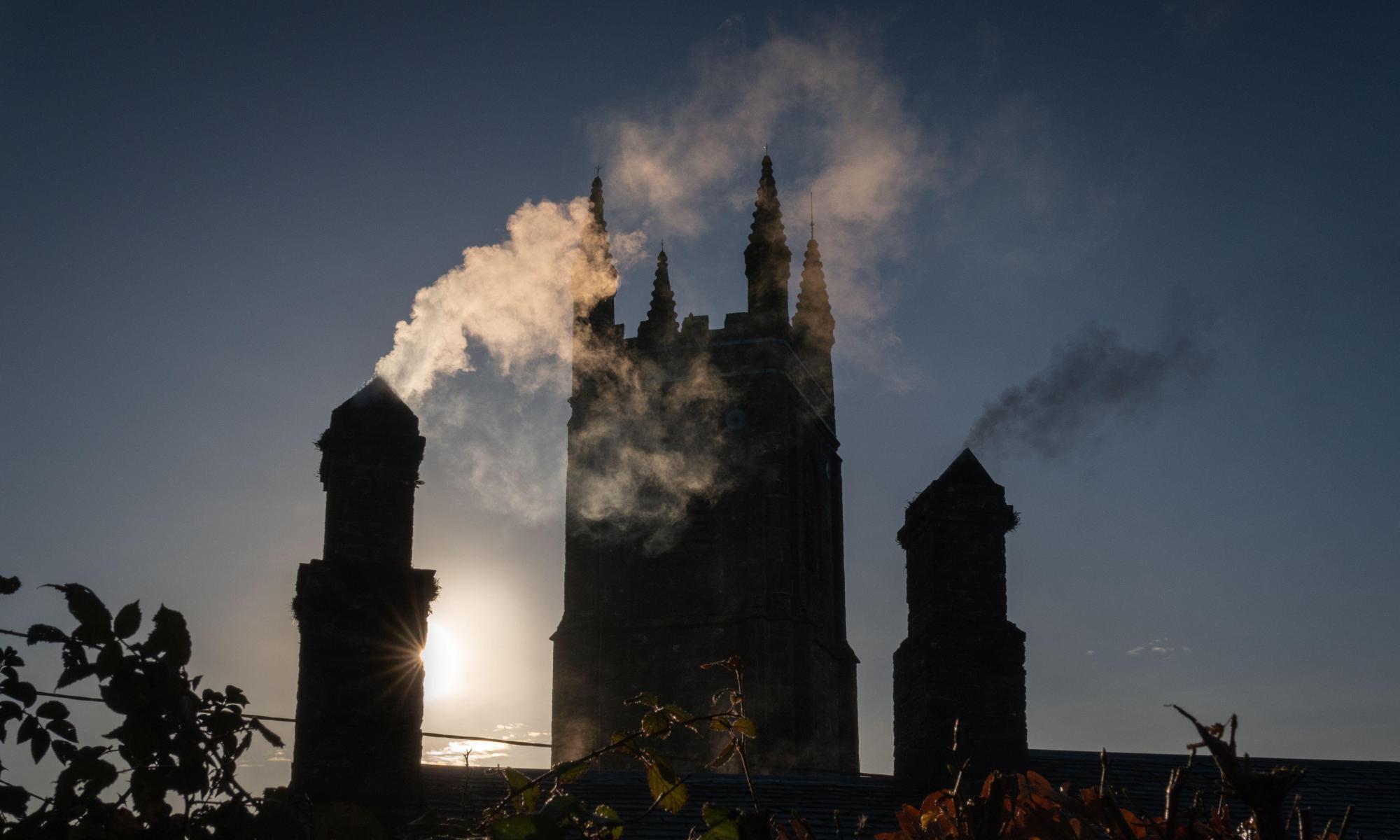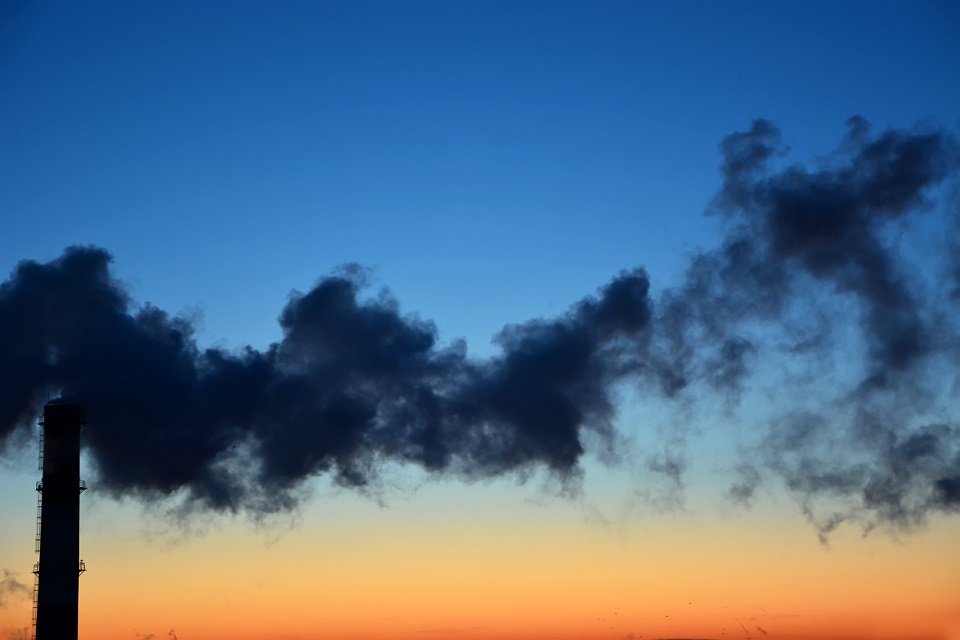Seventy years ago, London was brought to a halt by a thick smog that blanketed the city.
It is difficult to imagine how it must have felt to be indoors with fog pressed against the windows. People who ventured outside could not see their feet and many got lost in their own neighbourhoods.
The smog began on 5 December 1952, a Friday. Weekend football was cancelled because players could not see across the pitch. Theatres closed as the smog crept inside and audiences could no longer see the stage. Hundreds of people became ill.
Ambulances crawled around the city taking patients to overcrowded hospitals. Many of those admitted died within hours. Others went to bed at home and died in their sleep.
By Monday morning, mortuaries were full. The smog lasted for nearly a week and led to the deaths of about 12,000 Londoners, a disaster greater than the worst cholera outbreaks of the 1800s.
This may seem like distant history but lessons from the smog are still relevant. Delay and inaction on air pollution costs lives then and it does now. It took four years for a reluctant government to pass the Clean Air Act of 1956 and, as a consequence, several thousand Londoners died in smogs through the 1950s and early 60s.
Burning solid fuels is a very polluting way to heat your home, especially in open fires. In the 50s, 18% of UK coal was used for home heating but this produced 60% of our wintertime smoke pollution. Even today, the 8% of UK homes that burn wood produce more particle pollution than the exhaust from all our road vehicles.
Seemingly intractable air pollution problems can be addressed if there is sufficient political will. Some dismiss the success of China’s air pollution controls as only being possible because of its political system, but smoke pollution in London reduced by about 70% in the decade after the 1956 act, easily equalling modern Beijing’s achievements.
We cannot tackle air pollution piecemeal, focusing on one pollutant or source and ignoring others. The narrow focus on smoke control in the 50s and 60s allowed sulphur pollution from coal and oil use to grow across the UK and Europe. This led to the acid rain that devastated Scandinavia’s lakes and forests in the 70s and 80s. We then focused on industrial pollution but allowed transport pollution to grow with few controls.
Today traffic exhaust is the main topic of debate but we risk another 70 years of air pollution harm if we continue to overlook other sources. In the UK, these include air pollution from agriculture, the growing problems from solvents and personal care products, the resurgence in wood and coal heating and the pollution particles from the wear of brakes, tyres and roads that contaminate our air and rivers.
Solving air pollution is an opportunity to remove a health burden of at least 28,000 deaths annually in the UK and more than 4 million across the globe. If we get it right, reducing air pollution can help our climate emergency too.


